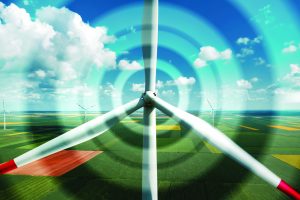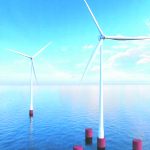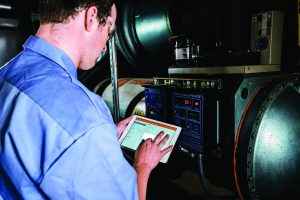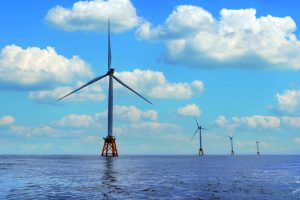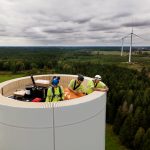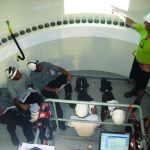Why is using a transducerized tooling system important? To understand that importance, the accuracy difference between transducerized and current-controlled tooling needs to be explained.
Current Controlled
Current-controlled (open loop) tools are a dedicated system consisting of a tool, cable, and controller. They are pre-calibrated in a lab using an external transducer on a rundown fixture. The tool is operated on the external transducer at set torque points. The amount of current supplied by the system is matched up to the torque reading of the external transducer. The lab will input these torque readings that the system translates into the amount of current it needs to supply to achieve the amount of torque required.

(Courtesy: AIMCO)
Unfortunately, current controlled tooling is an open-loop design. Once the tool is removed from the external transducer, there isn’t any true torque feedback into the system. The system simply supplies the per-set current, and the operator has to accept the torque was properly applied. However a number of things affect the torque output but not the torque readings of the system. Things such as temperature, gear wear, voltage, and motor performance all affect the torque output, but the system is unable to adapt and compensate for these changes.
It’s simply all guesswork. It’s also a dedicated system. Something as simple as changing out the cable voids the calibration.
Transducer Controlled
Transducer controlled (closed loop) tools like the AcraDyne HT system from AIMCO have the transducer built into the tool itself at the output shaft. The transducer is constantly measuring the torque in real time and feeding that back into the system. Variations of temperature, gear ware, voltage, and motor performance do not affect the accuracy of the transducerized system because they all happen before the transducer.
The system will simply keep applying power until the transducer reads the requested torque before shutting off. The AcraDyne HT system also records date, time, and rundown information of up to 32 different preset torque jobs stored in the controller. All the recorded torque data is easily exported to Excel with the touch of a finger.
The calibration of a transducerized tool is in the tool itself, not the system. Tools, cables, and controllers are all interchangeable. When the annual calibration is due, the tool is all that needs to be sent, not the whole system.

















